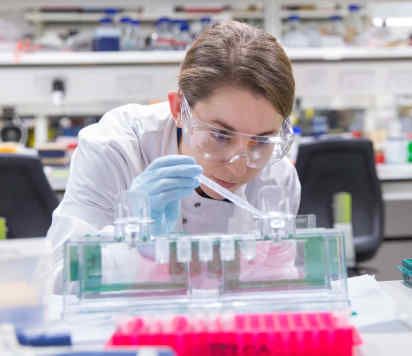BibTex format
@article{Budhathoki:2018:10.1186/s12905-018-0527-y,
author = {Budhathoki, SS and Bhattachan, M and Castro, Sanchez EM and Sagtani, RA and Rayamajhi, RB and Rai, P and Sharma, G},
doi = {10.1186/s12905-018-0527-y},
journal = {BMC Women's Health},
title = {Menstrual hygiene management among women and adolescent girls in the aftermath of the earthquake in Nepal: A descriptive study},
url = {http://dx.doi.org/10.1186/s12905-018-0527-y},
volume = {18},
year = {2018}
}
RIS format (EndNote, RefMan)
TY - JOUR
AB - Background: Menstrual hygiene management (MHM) is an essential aspect of hygiene for women and adolescent girlsbetween menarche and menopause. Despite being an important issue concerning women and girls in the menstruatingage group MHM is often overlooked in post-disaster responses. Further, there is limited evidence of menstrual hygienemanagement in humanitarian settings. This study aims to describe the experiences and perceptions of women and adolescentgirls on menstrual hygiene management in post-earthquake Nepal.Methods: A mixed methods study was carried out among the earthquake affected women and adolescent girls inthree villages of Sindhupalchowk district of Nepal. Data was collected using a semi-structured questionnaire thatcaptured experiences and perceptions of respondents on menstrual hygiene management in the aftermath of theNepal earthquake. Quantitative data were triangulated with in-depth interview regarding respondent’s personalexperiences of menstrual hygiene management.Results: Menstrual hygiene was rated as the sixth highest overall need and perceived as an immediate need by 18.8%of the respondents. There were 42.8% women & girls who menstruated within first week of the earthquake. Reusablesanitary cloth were used by about 66.7% of the respondents before the earthquake and remained a popular method(76.1%) post-earthquake. None of the respondents reported receiving menstrual adsorbents as relief materials in thefirst month following the earthquake. Disposable pads (77.8%) were preferred by respondents as they were perceivedto be clean and convenient to use. Most respondents (73.5%) felt that reusable sanitary pads were a sustainable choice.Women who were in the age group of 15-34 years (OR = 3.14; CI = (1.07-9.20), did not go to school (OR = 9.68; CI = 2.16-43.33), married (OR = 2.99; CI = 1.22-7.31) and previously used reusable sanitary cloth (OR = 5.82; CI = 2.33-14.55) weremore likely to use the reusable sanitary cloth.Conclusions: In t
AU - Budhathoki,SS
AU - Bhattachan,M
AU - Castro,Sanchez EM
AU - Sagtani,RA
AU - Rayamajhi,RB
AU - Rai,P
AU - Sharma,G
DO - 10.1186/s12905-018-0527-y
PY - 2018///
SN - 1472-6874
TI - Menstrual hygiene management among women and adolescent girls in the aftermath of the earthquake in Nepal: A descriptive study
T2 - BMC Women's Health
UR - http://dx.doi.org/10.1186/s12905-018-0527-y
UR - http://hdl.handle.net/10044/1/56562
VL - 18
ER -

